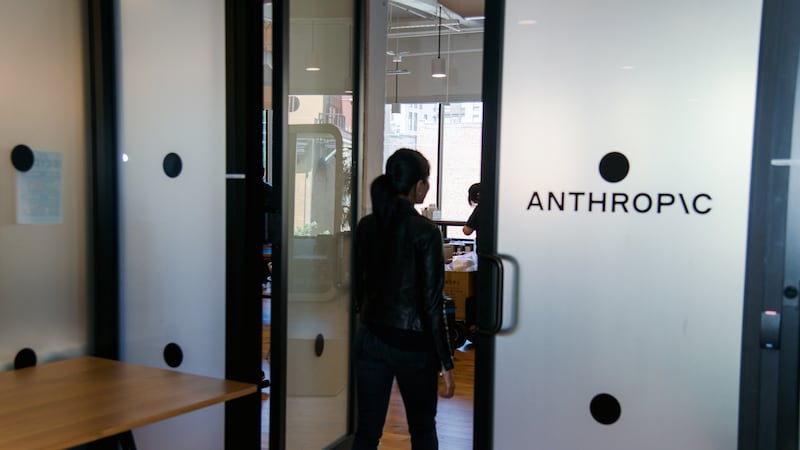A "snooze" button for emails "you just can't get to right now" is one of the new features Google has added to Gmail on the web after a major redesign it says will "help people be more productive at work".
The “snooze” function, which is already available on Gmail’s mobile apps, makes emails disappear from your inbox and then reappear after a period of time set by the user. Options include “later today”, “tomorrow” and “someday”.
But in case the advent of “snooze” sounds like a procrastinators’ dream, Gmail on the web will now also “nudge” users to follow up and respond to their emails with “quick reminders” that appear next to the messages “to help make sure nothing slips through the cracks”.
It will also now be possible send emails in “confidential mode”, which means their contents cannot be forwarded, copied, downloaded or printed. An expiry time and date can be set on “confidential” emails, after which point the recipients will no longer be able to access the original message.
Google said this would be “useful for when you have to send sensitive information via email” as it would “help you stay in control”.
The “new look” Gmail will allow users to “do more without leaving your inbox”, the company said.
Email attachments such as photographs can be clicked on without opening them, long conversations can be scrolled through, and apps such as Google Calendar, Tasks and note-taking service Keep can be more easily accessed through the email interface.
Suggested replies
“Smart Reply”, an artificial intelligence (AI) function that proposes three possible responses to emails with a view to saving time, will make its debut on Gmail’s web version. The feature, already available on mobile, allows users to click on one of the suggestions and then continue to edit the email as normal.
Gmail will start asking users if they want to unsubscribe from certain newsletters or lists they no longer interact with, and warnings will also alert users when potentially risky emails land in their inboxes. A new mobile feature, meanwhile, will allow users to receive notifications only for “high priority” emails.
The updates can be used from Wednesday, although some features will appear in the coming weeks. Web users can access them by going to the “Settings” cog-wheel icon in the top right corner of their inbox and selecting “try the new Gmail”.
And for anyone who regrets the change, a “go back to classic Gmail” option will be available in the same spot.















